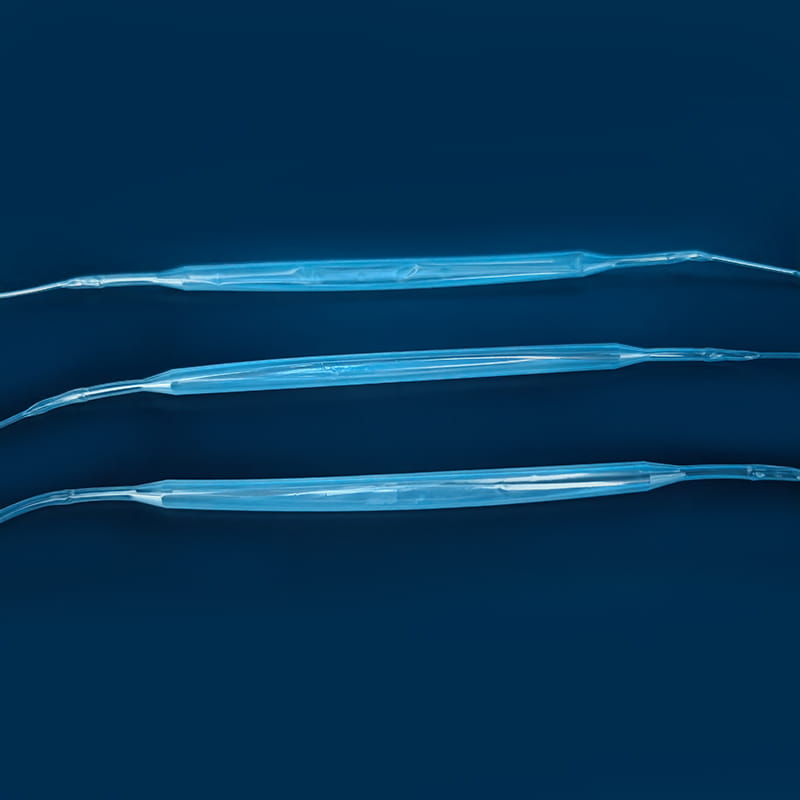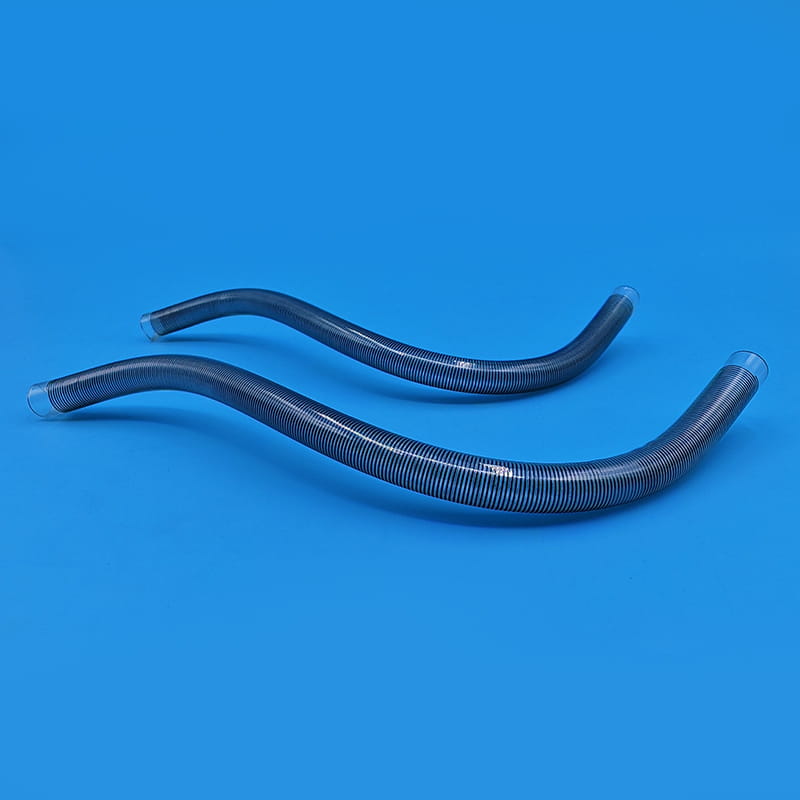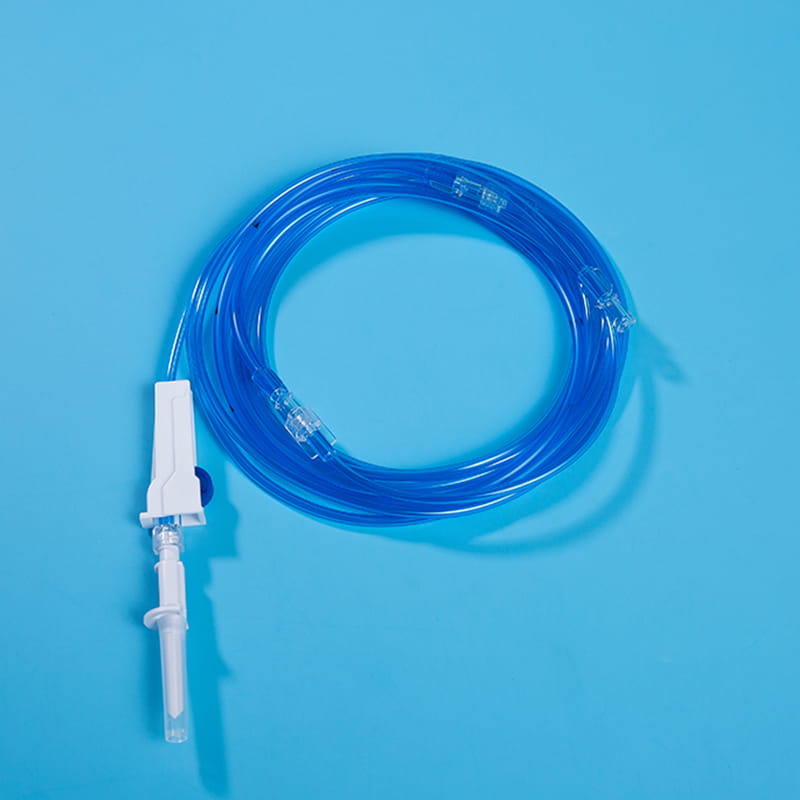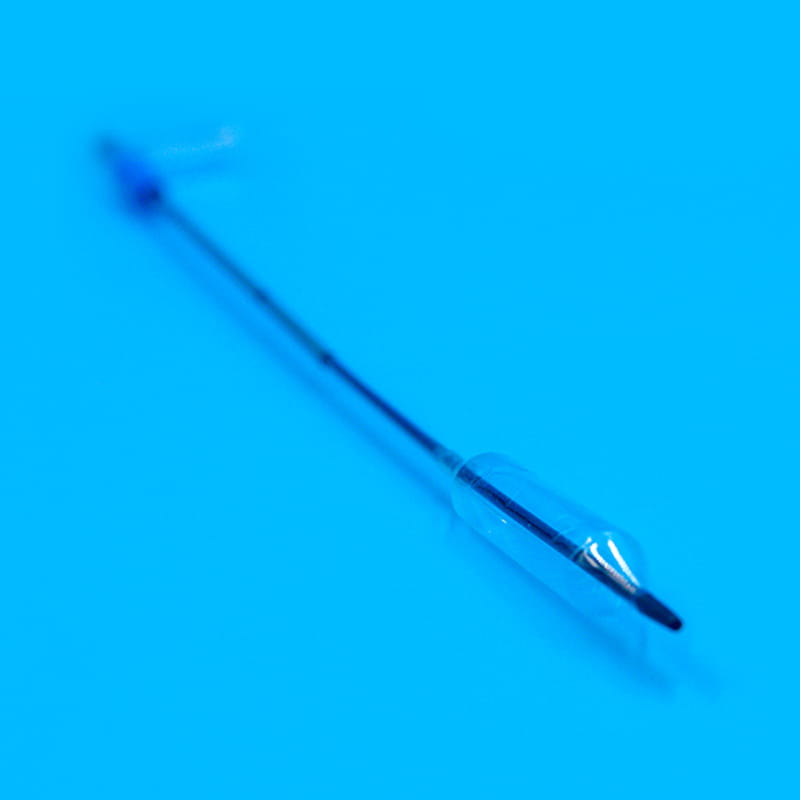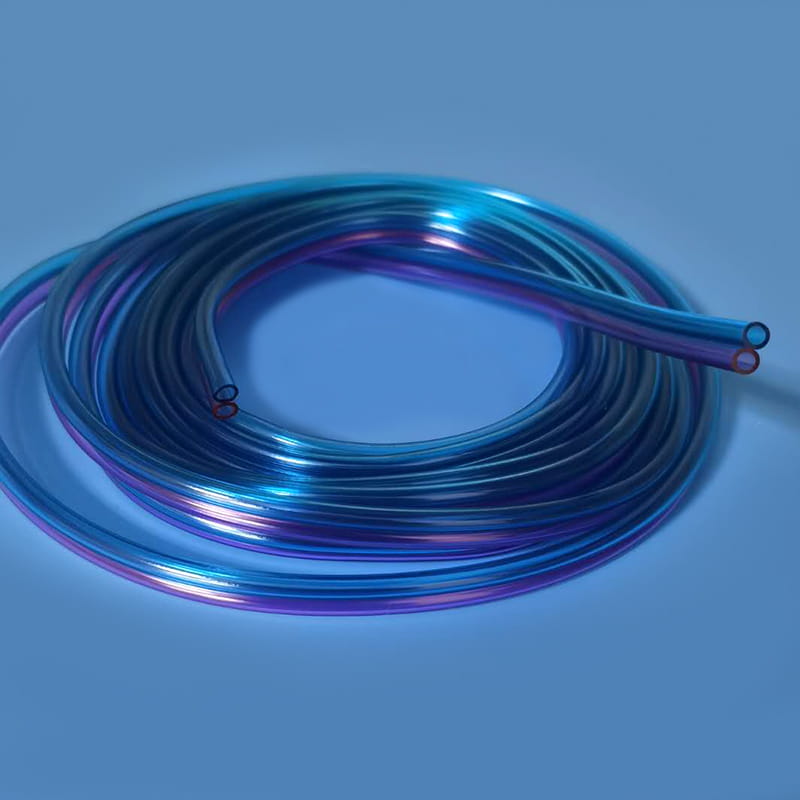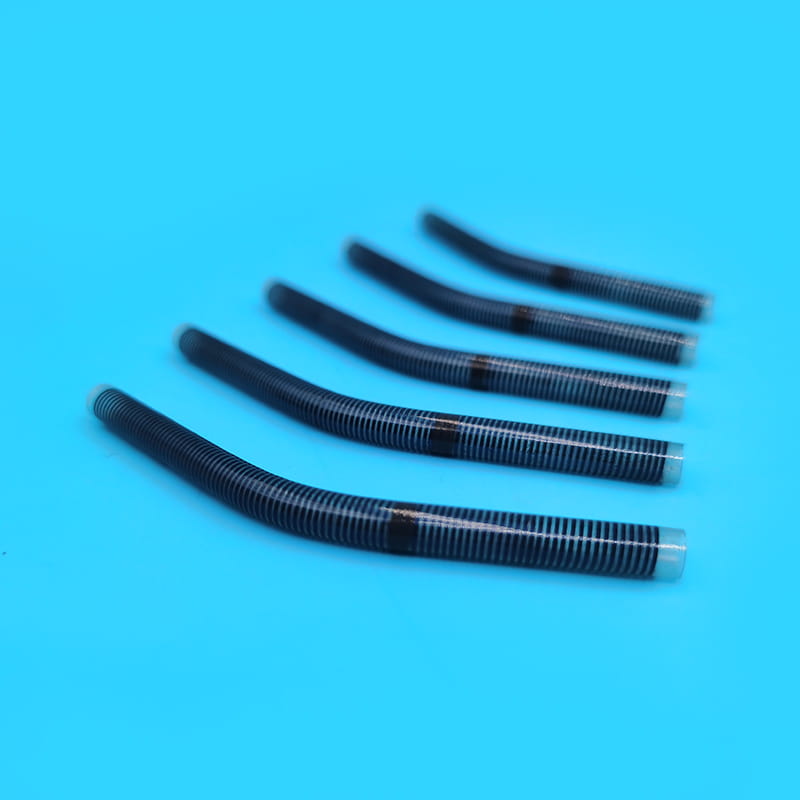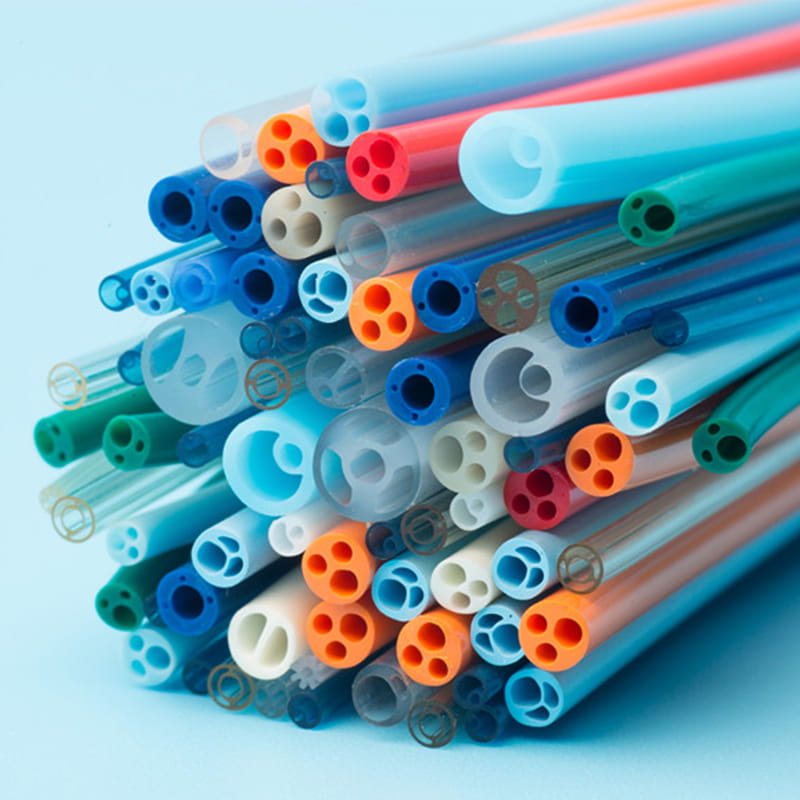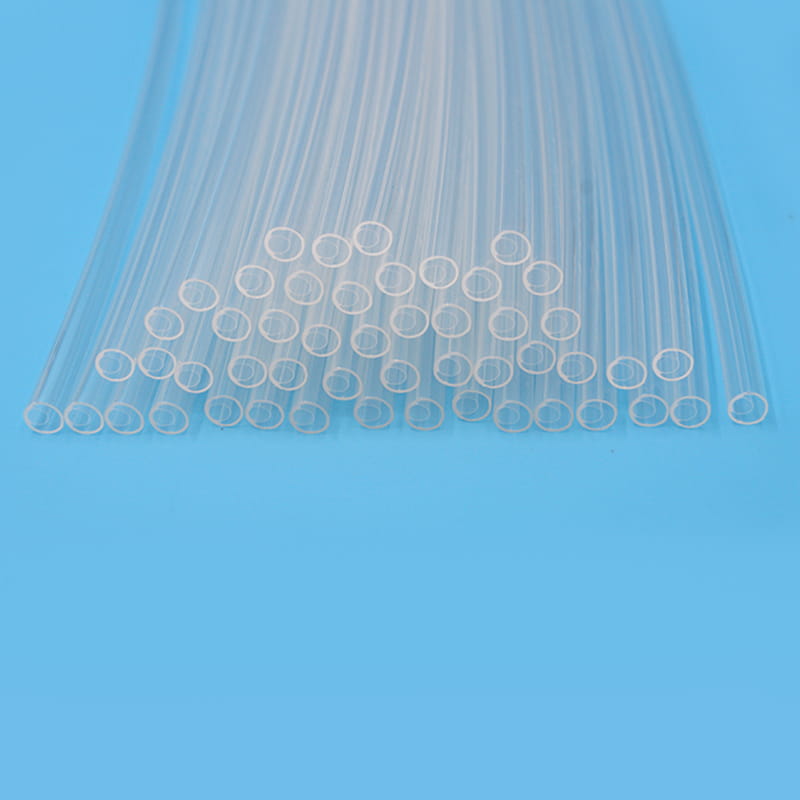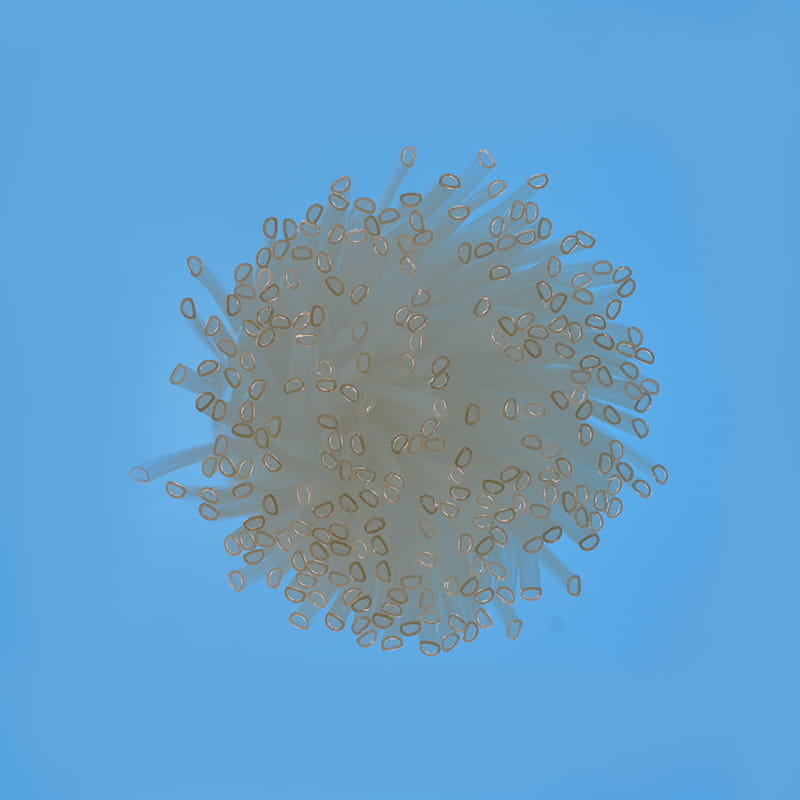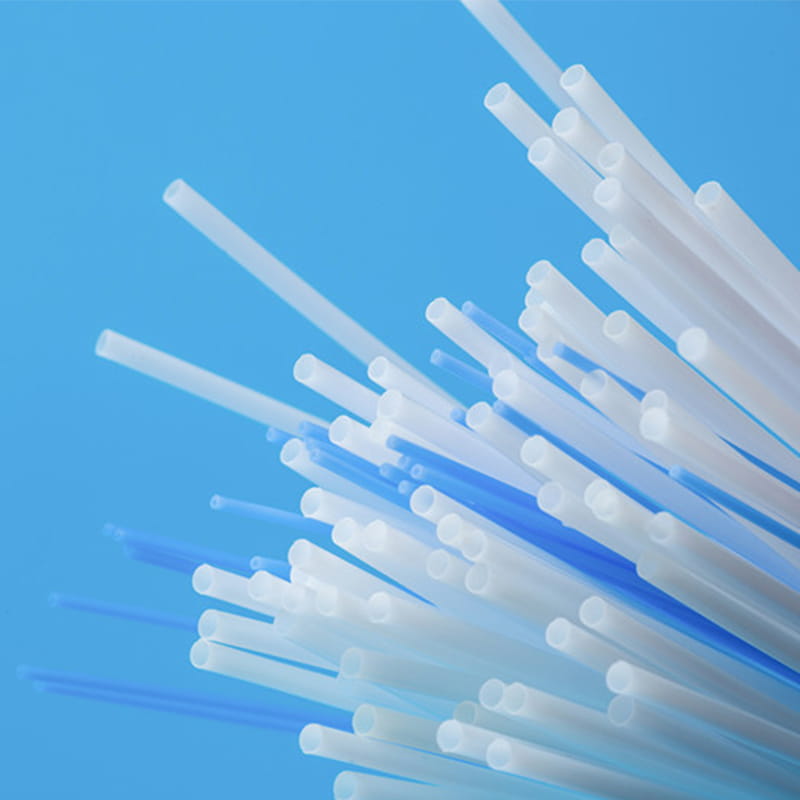How Does Balloon Catheter Compliance Affect Interventional Outcomes?
In recent years, with the continuous evolution of minimally invasive medical devices, the balloon catheter has played an increasingly critical role in the field of interventional therapy. Among numerous technical parameters, compliance stands out as a key attribute that directly influences the precision, mechanical response, and clinical adaptability of medical balloon catheters. It is an essential consideration in both product design and performance optimization.
Compliance, in the context of medical balloon catheters, refers to the balloon's ability to change its diameter in response to variations in inflation pressure. In simple terms, higher compliance means more significant expansion with pressure, whereas lower compliance ensures the balloon maintains a relatively stable diameter. From an engineering perspective, compliance is determined by the balloon's elastic modulus, wall thickness, and structural layout. More importantly, it represents the interaction capacity between the catheter system and the anatomical structure.
Comparison of three types of compliance products
Balloon catheters in the current market can be categorized based on compliance levels into three main types:
|
Compliance Type |
Material Characteristics |
Application Scenarios |
Shape Control |
|
High Compliance |
Soft, highly elastic |
Peripheral vessels, bronchial use |
High adaptability |
|
Semi Compliance |
Balanced elasticity and rigidity |
Coronary arteries, urology |
Moderate controllability |
|
Non-Compliance |
High rigidity, minimal deformation |
Calcified lesions, precise dilation |
Highest forming capability |
The classification above is not merely a physical distinction but reflects a deeper design logic. Non-compliant balloons, typically made from high-density nylon, maintain a consistent diameter under high pressure and are ideal for controlled dilation. In contrast, high-compliance products conform better to irregular anatomical structures, enhancing procedural safety.
Compliance influences interventional therapy in four major aspects:
Enhanced Positioning Safety: High-compliance balloons conform to the lumen, reducing the risk of tissue damage or device misplacement.
Controlled Expansion: Non-compliant balloons allow precise control of expansion diameter, critical for stent delivery or lesion preparation.
Optimized Force Transmission: Compliance affects how pressure translates into balloon inflation—lower compliance means faster, more predictable response.
Compatibility: Compliance defines how well the catheter adapts to specific anatomical or pathological conditions.
Common balloon materials include:
Nylon: Typical for non-compliant balloons with high rigidity.
Pebax: Offers a balance, suitable for semi-compliant designs.
Polyurethane: Excellent flexibility, used in high-compliance products.
Choosing the right material affects not just performance, but also manufacturability, cost, and clinical feedback.
Compliance and Product Development Strategy
1. Anatomical Complexity: such as vessel curvature and tissue elasticity.
2. Therapeutic Goals: including dilation, delivery, or stent deployment.
3. Risk Management: like perforation, dislocation, or overexpansion.
Compliance defines the boundaries of control and precision. As medical balloon catheter designs evolve toward greater customization and minimal invasiveness, mastering compliance will be key to future product innovation.
Rather than merely pursuing thinner walls or higher pressures, future innovation lies in managing compliance intelligently to accommodate diverse clinical challenges. It’s both an engineering imperative and a medical necessity.
For more information, please call us at +86-18913710126 or email us at [email protected].
Introduction The TPU Reducer Tube (Thermoplastic Polyurethane Reducer Tube) is a versatile and high-...
In modern medicine, medical catheters are indispensable tools used in a wide range of treatments and...
In the healthcare industry, the importance of selecting the right materials for medical devices cann...
In the era of precision medicine, a small tube often carries the weight of life-saving responsibilit...
In modern healthcare, precise fluid management is crucial for patient safety and treatment efficacy....
Introduction The field of minimally invasive medical procedures has witnessed remarkable growth over...


